At Kevuru Games, we specialize in high-quality game porting. Each of our projects meets industry standards and delivers an exceptional player experience. Our team focuses on optimizing performance, maintaining visual fidelity, adapting controls and design, and building a user interface that complies with platform standards. The priority is to create a consistent experience across platforms. Our collaboration with Poppy Playtime showcases our porting expertise at its best.
About Project
Poppy Playtime is an episodic survival horror game. The first episode was released in 2021 by Mob Entertainment. The adventures in the abandoned toy factory won players’ hearts immediately, with 77,000 positive reviews on Steam and 2.3 million units sold. The second episode release followed in 2022, and the third in 2024. Mob Entertainment decided to port Poppy Playtime 2 to the console that same year. When looking for professionals to do the job, they found us.
About Client
Mob Entertainment, formerly EnchantedMob, Inc., is a multimedia company known for creating the hit game Poppy Playtime. Two founders, brothers Seth and Zach Belanger, started with a YouTube channel and have grown into a full-scale gaming company.
The goal: Ensuring a seamless PC-to-console transition with enhanced performance
While the PC version had some performance limitations, our objective was to address these issues during the porting process and make the console versions lag-free.
Porting doesn’t have one-size-fits-all solutions. The unique features of each game can make it more challenging to adapt to other platforms, often requiring custom approaches. Here are some of the challenges we encountered while porting Poppy Playtime 2.
Challenge 1: Lighting
The original game featured dynamic lighting. Special lighting volumes were also utilized to distribute it more efficiently. These volumes required ray tracing, a technology unavailable on consoles.
Solution: Since using lighting volumes was not feasible, we replaced dynamic lighting with static lighting. The trick was to maintain as much similarity to the original as possible. Wherever possible, the lighting was baked to ensure consistent performance across all platforms.
Challenge 2: Geometry
The location geometry was very complex, which hindered light baking and optimization.
Solution: We optimized the geometry and reworked the light maps for optimal performance and visual fidelity. As a result, we were able to perform light baking at nearly all points.
Challenge 3: Rendering
We encountered a large number of draw calls, causing significant performance issues in some locations.
Solution: We employed static mesh combining, drastically reducing the number of draw calls. To further enhance location performance, we added instance levels. This trick helped preserve the quality of the geometry.
Challenge 4: Physics
To access the functionality of Unreal Engine’s new generation, we migrated the project from Unreal Engine 4.27 to version 5.4. This transition introduced inevitable issues with physics.
Solution: We updated the entire physics system to the latest version of Unreal Engine, ensuring an optimal gameplay experience. While this introduced some additional bugs in the game’s functionality, fixing them was well worth the final result.
Extra Adjustments:
- Shaders: Some shaders were incompatible with the console, so we remade them to fit the new system while preserving the original look and feel.
- Characters: The original characters were overly heavy with too many polygons, so we optimized them for the console by removing unnecessary bones from their skeletons and adjusting their hair for better performance.
- Video Player: The original game’s video playback solution would crash on the PS4. To resolve this, we implemented a more universal and reliable approach to ensure smooth playback on consoles.
Team structure
Our star team of over ten professionals include:
- Developers
- QA testers
- Tech artist
- UI designer
- Project manager
They dedicated seven months to the project, working autonomously and meeting with clients only to present builds and gather feedback.
Work process
Research
Our porting process for Poppy Playtime 2 started by gathering information on the game’s features. We then analyzed the source code to identify areas needing adjustments, like gamepad integration and performance tuning specific to each platform.
Pre-development
At this stage, we upgraded the game engine to the new generation of Unreal Engine (version 4.27 to 5.4). This involved fixing all the bugs in the game’s physics that inevitably appear with such an update.
Main porting phase
In the main phase, we refined the game’s physics and visuals, addressed high-priority bugs, and adapted the controls and UI for console play. The ready builds for each platform were presented to the client monthly.
Stabilization phase
Once the build works without any blockers, we polish other smaller bugs, optimize the performance, and adjust all minor flaws according to the client’s feedback. The builds are ready for the final submission.
Certification/final
Versions for different console types were certified one by one. The game was released on four platforms in five months. This way, we completed our work on time according to the agreements with the client.
Result: Successful release and high reviews
We successfully ported Poppy Playtime 2 to four platforms: X-Box One, X-Box Series, PS4, and PS5.
Upon release, the console versions received better reviews than the original PC version. Our porting team is proud of this achievement. They not only delivered a successful project but also enhanced its graphics and performance beyond the original.
Looking for professionals to trust with your porting project? Contact us and witness the magic our team can bring to your video game.


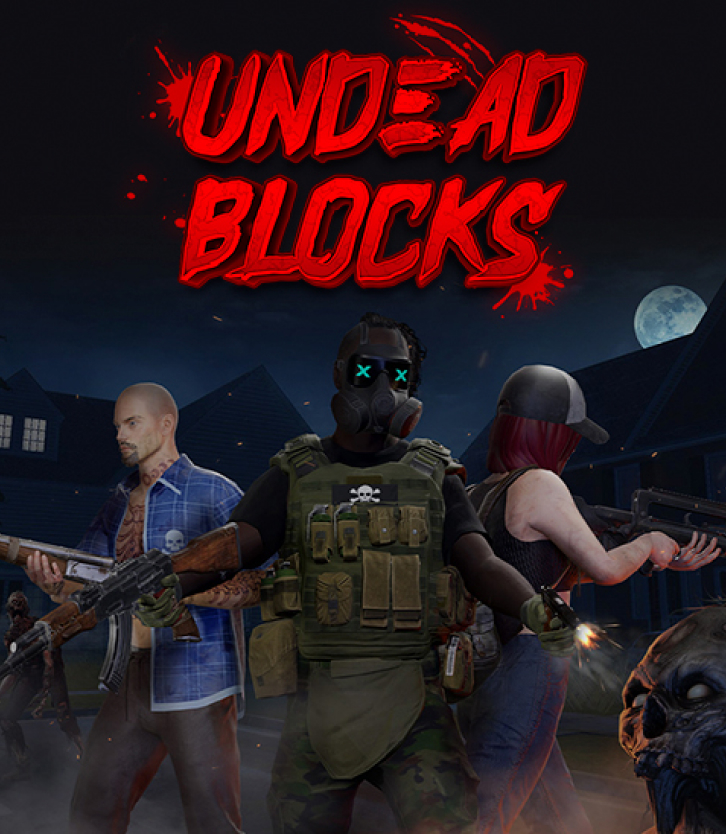
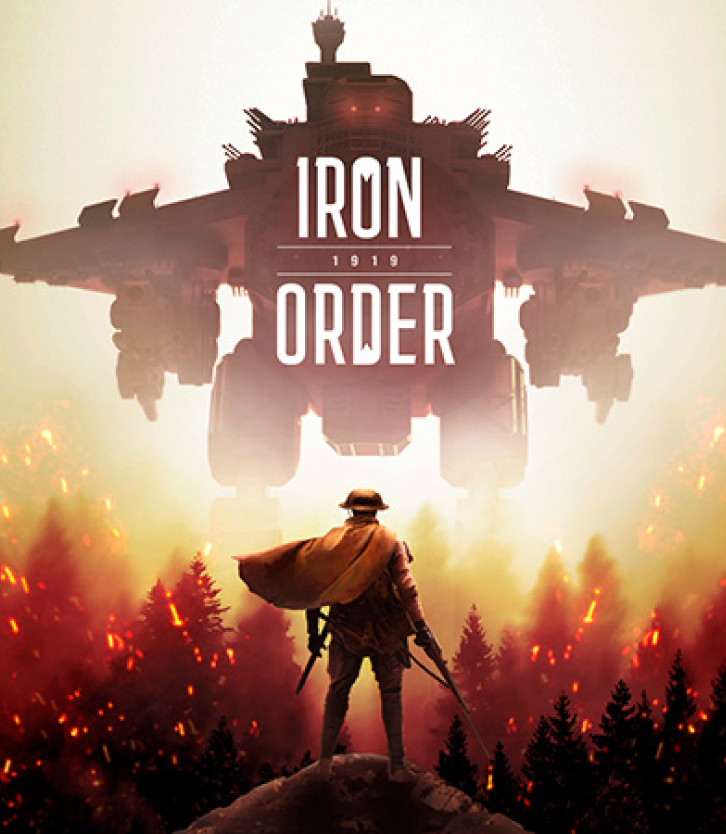
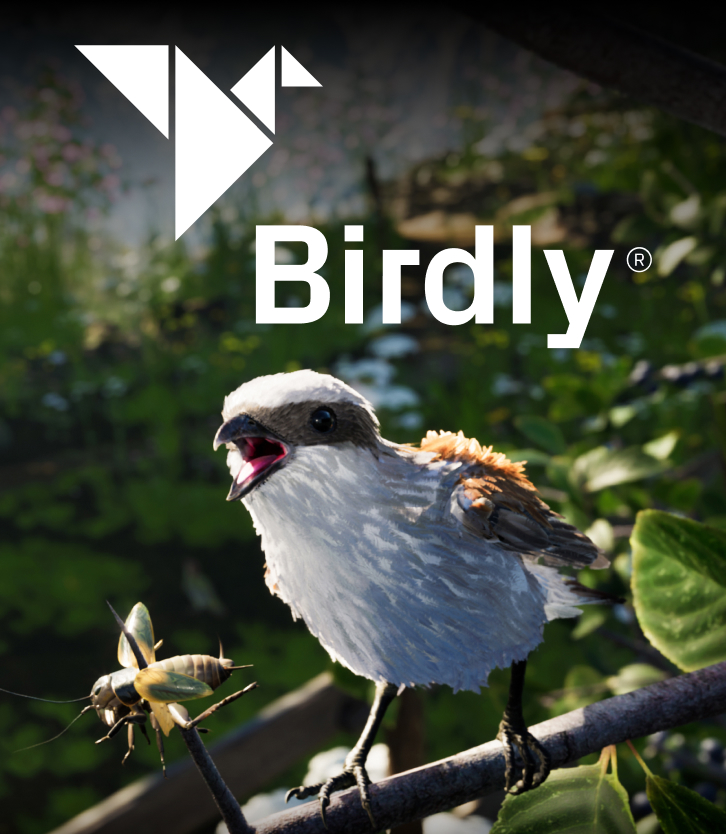
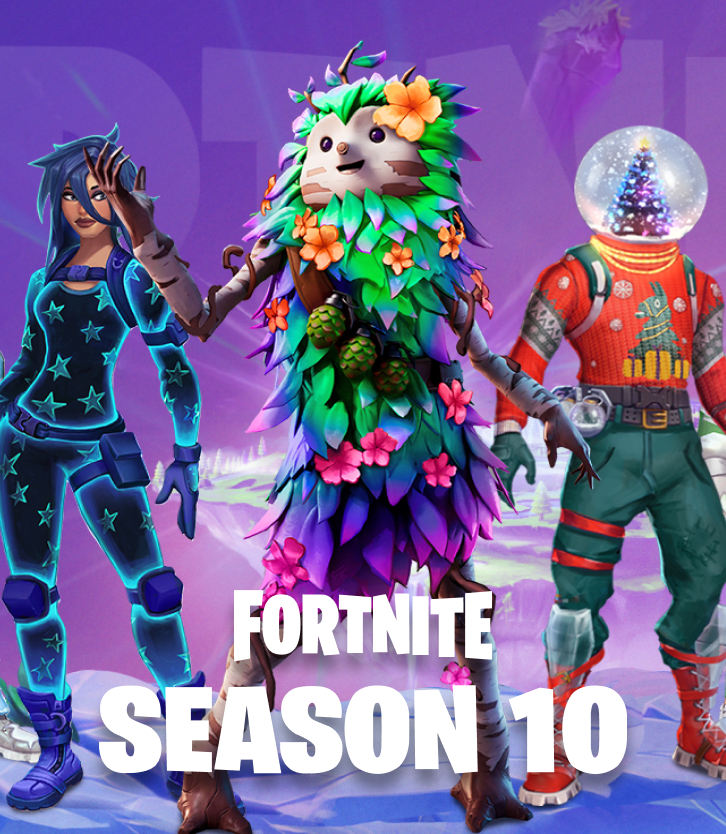
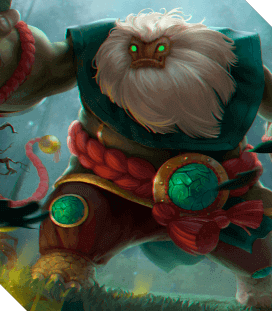


![Indie Game Development: Guide to Revenues, Most Profitable Genres & Monetization [+10 Best Indie Games 2024]](https://kevurugames.com/wp-content/uploads/fly-images/11949/indie-pre-138x138.jpg)